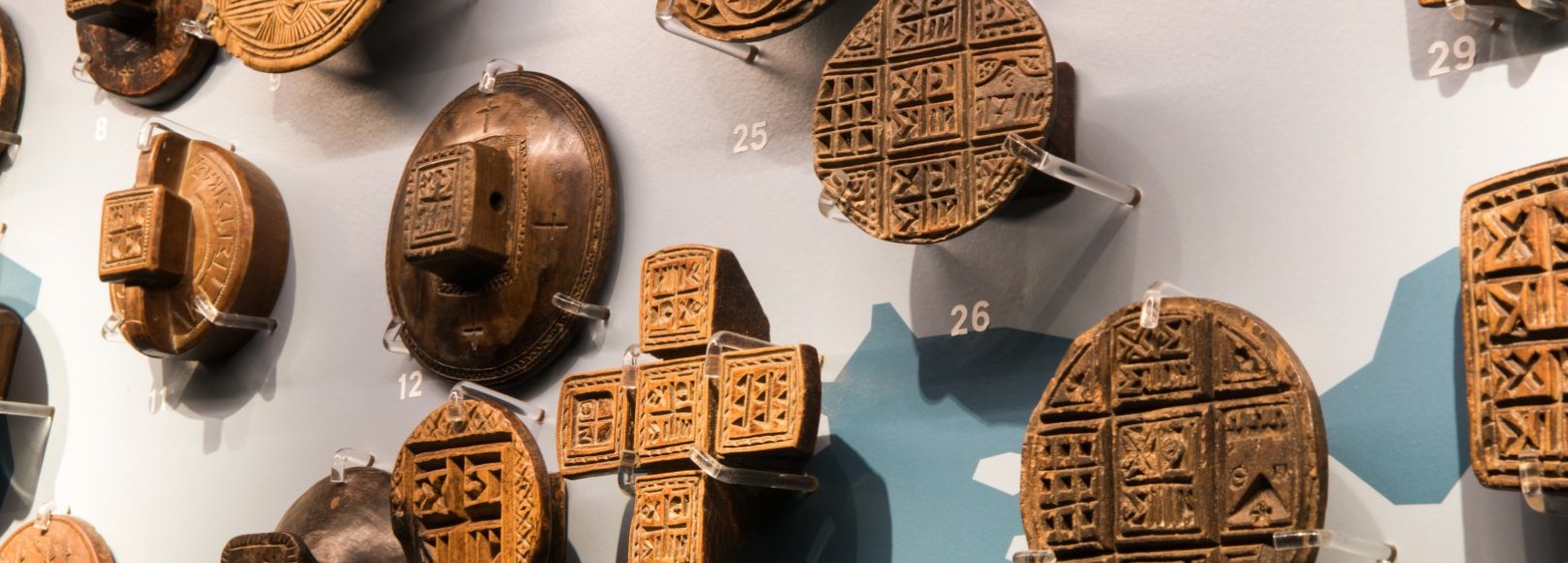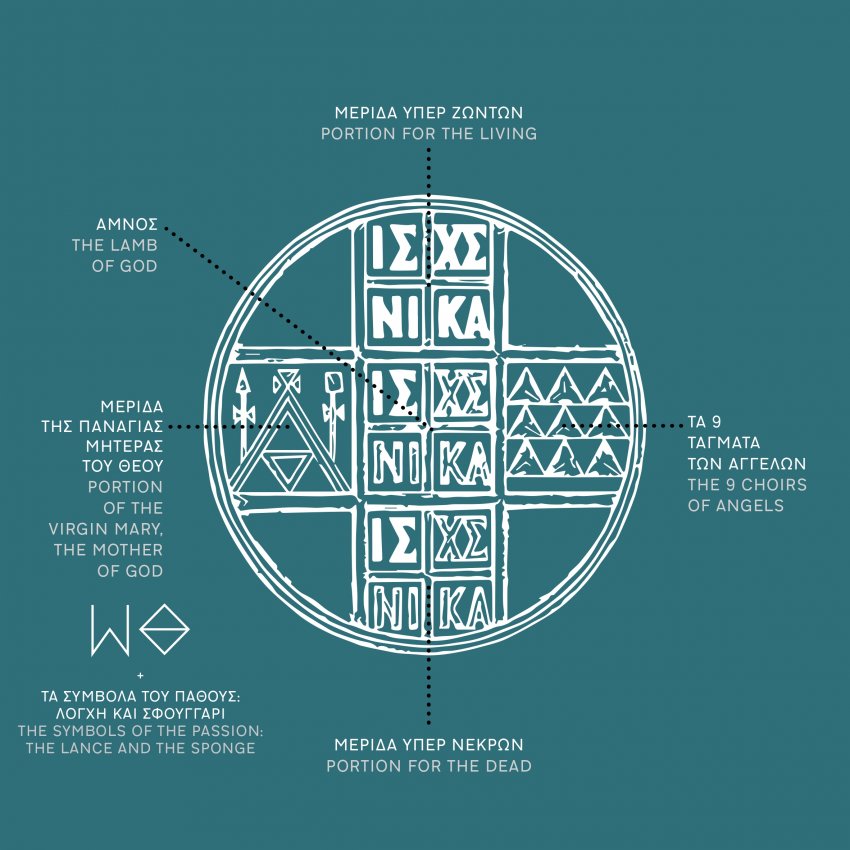Ancient Greece
We are familiar through literature that the ancient Greeks offered bread (the “theiagonous artous”) to the goddess Demeter (the patron goddess of agriculture) during the Thesmophoria celebration. The ceremony took place at the goddesses’ temple in Eleusina and was also known as Megalartia. here are also references to bread being offered to Asclepius. This bread was stamped with the words Health or Death or even both. The bread known as Health was made from barley and was offered to the god for healing.
Ancient Rome
In ancient Rome, both families of the newlyweds ate bread together during the wedding ceremony.
Ancient Macedonia
During the wedding ceremony, the Greek Macedonians cut freshly baked bread in half and gave one piece to the newlyweds as a blessing for the ceremony. The same custom also occurred during the wedding of Alexander the Great and Roxanne. Wine, water and bread were offered at the sacrifice during the major Dionysian Festival (that was held in honour of Dionysus).
Judaism
In the Jewish religion, during the celebration of the Sabbath (Saturday), the Holy day in the week, the dominant element on the table is the hallah, the blessed bread.
Christianity
Bread is of great significance to the Christian religion. There are many references to bread in both the Old and the New Testaments. There is the manna from heaven that God sent to Moses, the miracle with the five loaves in the wilderness, the wedding at Cana, etc. However, the utmost importance to bread was given by Jesus Christ when he likened himself to the bread and said to his disciples:
“I am the bread of life. Whoever comes to me shall not be hungry” Jesus blessed the bread during the Last Supper, he cut it into pieces and said: “Take, eat, this is my body”. He then blessed the wine and gave his cup to everyone and said: “Drink from it, this is my blood”.And thus, the use of wine (blood) and bread (body) was established during the sacrament of Holy Communion, which is the most significant sacrament in the Christian Faith. In order to prepare the Divine Eucharist, Orthodox Christians use the “prosphoro” (votive loaf of bread), while the Roman Catholic Church on the other hand, uses the “Ostia” (very small round wafers) that are offered together with Holy Communion to the faithful.
Stamping the Bread
We encounter the custom of decorating bread in various ways, using different motifs, in a number of cultures and eras. In the Orthodox faith, bread is usually stamped before it is baked using special stamps engraved with symbolic images and inscriptions. These stamps evolved over time in parallel with Christian worship. There are two types of bread stamps: eucharistic stamps for bread destined for use in the sacrament of the Eucharist, and eulogia stamps, which are used to stamp loaves on the most important feasts dedicated to Christ, the Virgin and the saints. The loaves that are blessed in this way are handed out to the congregation at the end of the service for health and well-being. As a liturgical tradition, the breaking of the bread reminds the faithful that bread is a blessing which God has bestowed on Man, as well as the main component of the human diet.
Customs and traditions
During those difficult years, bread was a measure of wealth, abundance and survival. So much so that people have now inherited phrases such as: “He doesn’t have bread to eat”, “he earns his bread” or “there’s not much bread in this work” and many others. During times when people deeply believed in God, bread was the most sacred and honoured thing in the consciousness of the people. It wasn’t only because they had toiled to knead it and it was their staple diet, but predominantly because it transubstantiated the Grace of God into the body of Christ during the Divine Liturgy. By projecting this whole feeling, the believer also attributed honour and respect to his daily bread. This is also why the housewife believed that plain bread needed to be consecrated.
She accordingly renewed the yeast with holy water twice a year, once on Holy Wednesday and the other time upon the feast of the Exultation of the Holy Cross. And she used this “sour dough” to bake all year round. We know that in many parts of Greece, “Artos” (Bread) has a special place and accompanies all the major festivals in the Greek Orthodox Church, the sacraments, and the joys and sorrows of family. Even in popular thought, there was always a superstitious element in tandem with the religious faith.
Bread accordingly became the objective of much such folklore. The loaf of bread should never be left upside down on a rustic table out of fear that everything may go wrong for the family. And the farmer’s wife never loaned a full loaf of bread, so that the abundance of the house’s goods would not be transferred with the loaf to strangers. The housewife always cut and retained a corner piece from the bread to bind the fate of the house. Even the crumbs from the table were not thrown away. Girls never left a mouthful unfinished because they would lose their fortune and there was a risk they would remain unmarried. And the boys had to eat every last morsel, because if somebody else ate it they would lose their strength. There are many customs throughout Greece that are associated with bread. Bread is deeply rooted in Greek society. Consciences have been formed by it and societies have glorified it, like everything that is divine. A simple phrase and an oath that was taken by farmers “by the bread” contains within it all the rites and respect that people attributed to the humble loaf of bread.


